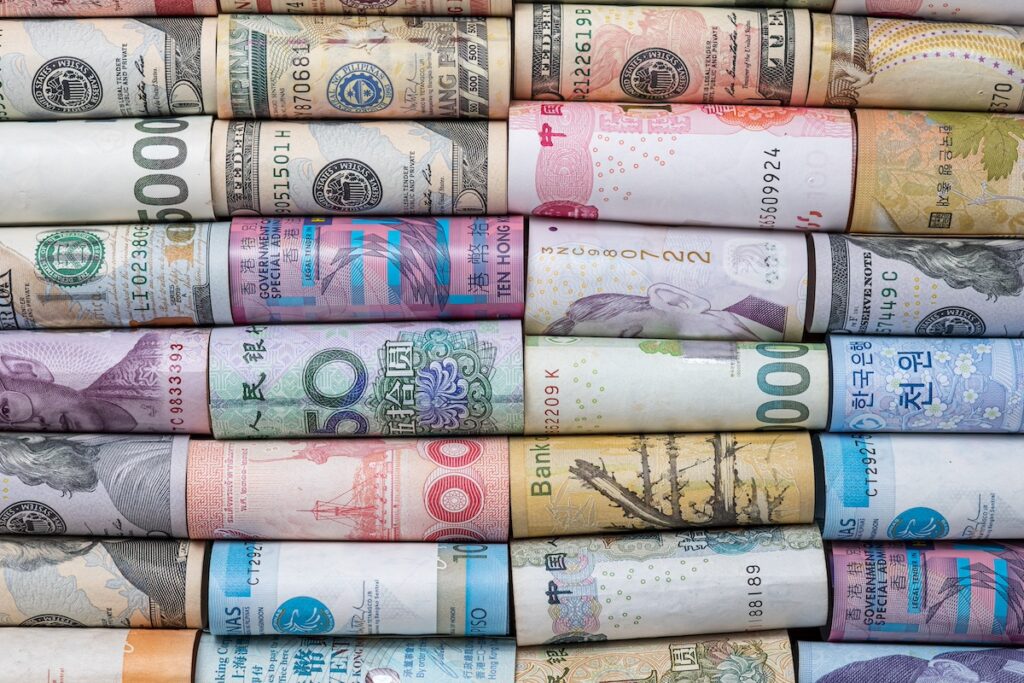How to Put a Brake on Currency Volatility
Globe and Mail
The time for the Tobin tax has come.In an address at Princeton University in 1971, the economist James Tobin proposed that a small tax be imposed on international currency transactions in order to dampen currency volatility. Tobin had two objectives for this tax: first, to make exchange rates better reflect the long-run fundamentals of national economic performance and, second, to preserve the autonomy of national economic planning and policies. Speaking in the wake of the collapse of the Bretton Woods system of “adjustably pegged” exchange rates, he feared that a combination of faster communication technologies and financial deregulation would sharply limit the autonomy of national central banks and governments and would, as a result, damage national economies.
Tobin went on to win the Nobel Prize for Economics in 1981, and his suggestion for a currency transactions tax was largely ignored and forgotten. However, recent events — from the surge in the volume of currency speculation to the Mexican peso crisis — have sparked renewed interest in Tobin’s idea. This new thinking is now summarized in an excellent book, The Tobin Tax: Coping with Financial Volatility (Oxford, 1996), co-edited by Mahbub ul Haq (former finance minister of Pakistan and Governor of the International Monetary Fund).
Every business day, currency traders and their customers gamble on razor-thin movements in exchange rates by buying and selling billions of dollars worth of currencies at lightening speed around the world. The value of total currency trading has increased 140-fold since Tobin’s Princeton speech, reaching $1.3 trillion per day in 1995; a third of that growth has occurred since 1992 alone. These manipulations of paper assets dwarf international trade in goods and services — that is, in the things that really improve people’s lives. In fact, trade in goods and services amounts to about $18 billion per day, a mere 1.4 percent of the value of currency trading.
Conservative economists and policymakers claim that unfettered currency trading helps maintain market liquidity and penalizes countries lacking macroeconomic discipline. But the Mexican peso crisis was a good example of how speculators’ herd behavior can inflict pain on a country far beyond that needed to correct the government’s initial fiscal and monetary indiscipline.
Moreover, it has become clear in recent years that wild, speculation-driven swings in exchange rates discourage investment and retard economic growth. As the Bretton Woods Commission Report, convened by former US Federal Reserve Board Chairman Paul Volcker, stated in 1994: “Since the early 1970s longterm growth in the major industrial countries has been cut in half, from about 5 percent a year to about 2.5 percent a year. Although many factors contributed to this decline in different countries at different times, low growth has been an international problem and the loss of exchange rate discipline has played a part.” The volume of today’s currency speculation swamps the efforts of national banks to intervene in times of crisis — their reserves are now barely equivalent to one day’s trading.
The Tobin tax would specifically discourage short-term currency speculation. Dr. Haq and his co-authors in The Tobin Tax note that the yearly cost of a bare 0.2 percent tax on the “round trip” purchase and sale of another currency would be 48 percent of the value of the traded amount if the round trip were executed daily, 10 percent if weekly, and 2.4 percent if monthly. It would have a negligible effect on commodity trades or on long-term foreign investment. By deterring traders with short-term time horizons, however, it should reduce exchange rate volatility.
Skeptics respond with two main arguments: traders will move to tax-free jurisdictions, like the Cayman Islands, or they will substitute trades in tax-exempt assets such as US Treasury bills. The authors of several key articles in The Tobin Tax deal decisively with these problems. Peter Kenen shows that collecting the tax at the dealing site and heavily penalizing trades with tax havens would probably prevent migration of trading to non-participating jurisdictions. The collaboration of the eight or nine major foreign exchange markets (not a trivial achievement, by any means, but one that could be facilitated by the IMF) would then be all that is needed to put the tax in place. On the issue of asset substitution, Tobin argues that judicious expansion of the tax’s scope to cover a variety of assets and types of currency transactions could handle the problem. Keeping the tax low — say below 0.1 percent — would also make large-scale tax evasion unprofitable.
The research detailed in the book shows that such a tax would only modestly increase the autonomy of national macroeconomic policy, but it would very likely enhance exchange rate stability. Despite this potential benefit, the Tobin tax has generally met a hostile reception in business and banking circles and in governments.
Some of this resistance arises from an outdated faith in the efficiency of currency markets. Resistance also arises from the perception that the Tobin tax would be just another “tax grab.” Yes, the tax would raise substantial revenues: estimates range from $50 to $100 billion a year, most of which could be retained by national governments (to help balance national budgets or bring tax relief to individuals and businesses), with the balance perhaps going to international agencies. At any rate, revenue generation is not the central purpose of the tax. As Tobin himself writes, “Raising revenue has never been my main motivation.”
Finally, some resistance is based on sheer ignorance. The Tobin tax was considered in the lead-up to the Halifax G-7 summit in 1995, but the idea was dropped because of opposition in many finance ministries, not the least in Canada, the summit’s host. Several months before the meeting, I discussed the Tobin tax with a senior bureaucrat from the Canadian Department of Finance. She heatedly rejected the proposal, claiming — among other things — that “Tobin has repudiated the idea.”
Readers of The Tobin Tax will find that Tobin is still solidly on side — he is, in fact, the author of the volume’s prologue. It is time to move beyond simplistic, ideologically based arguments and to consider the Tobin tax seriously. As every year goes by, we pay a heavy price for not doing so.

Topics
Economics
